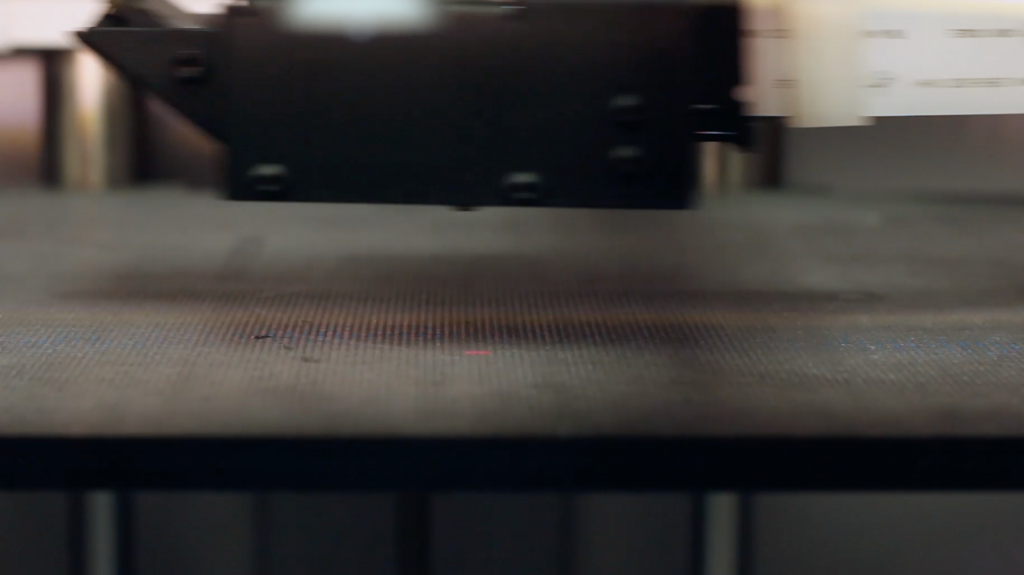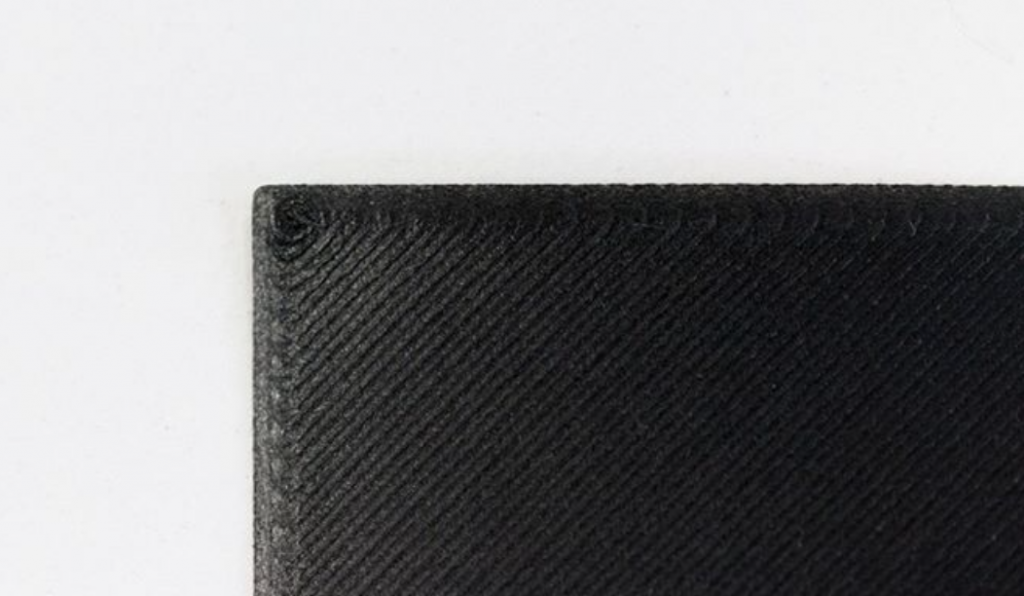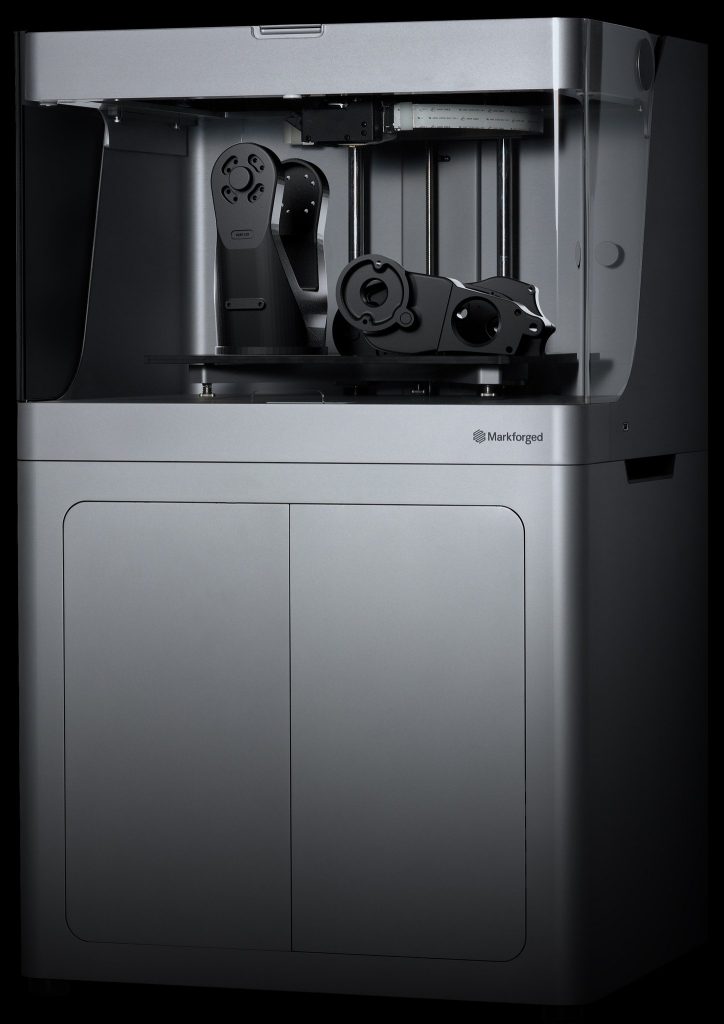In an update to the cloud-based Eiger 3D printing software, MA based Markforged has taken the next step to assuring all 3D prints are equal from the start of the process.
Adaptive Bed Leveling, optimized for use in the Mark X 3D printer, uses the machine’s on-head laser to help avoid problems in the first layer of an FFF 3D print.

Laying the foundations for a 3D print
When building anything, the foundation is the most important part of a structure. In 3D printing the ‘level ground’ of a print bed is essential to a successful first layer, setting the trend for all subsequent layers. An unlevel bed then, is often the cause of many failed 3D prints.
With an unlevel bed some portions of an object are in contact with the surface and other sections aren’t. Not only can this can cause poor adhesion of deposited plastic and warping at the corners, it can result in a clogged nozzle, misalignment of the layers and a number of other, sometimes mysterious, failures.
The Markforged adaptive solution
In the past, Markforged have alleviated some of the stresses with bed leveling by integrating a pre-print bed scan into the Mark X 3D printer. Before each 3D print, the on-head laser of the Mark X performs a sweep of the bed to certify its readiness for 3D printing.

Adaptive Bed Leveling takes this tried and tested feature to the next level. Taking for granted that a bed is perfectly flat and well leveled, the adaptive technology understands the unique mechanical stresses in a 3D printer, caused through use.
Calibration is key
After the initial sweep of the laser, the Mark X flags further adjustments to be made by the user using thumbscrews on the stage. Once these are complete, the Mark X prints a single line of filament on the left side of the bed.
This line serves as a calibration, informing the machine of the unique way a given Mark X 3D print moves. Then, when the Mark X 3D prints a first layer, it makes minute adjustments along the Z-axis to ensure the deposition plastic is consistent and adheres well to the bed.

As explained by Markforged Application Engineer Daniel Leong in a blog post, Adaptive Bed Leveling is available to all existing users of the Mark X 3D printer by installing an update. And those who aren’t lucky enough to own one of their own can request a demo.
Desktop 3D printing of carbon fiber and metal
Mark One and Mark Two machines from Markforged are known for the ability to 3D print carbon fiber materials at a low cost. The Mark X is the industrial version of this carbon fiber technology providing “Markforged’s unique fiber reinforcement for parts as strong as metal with advanced “build as designed” sensors”.

At CES in January 2017, Markforged announced a new desktop for 3D printing metal in the Metal X. Commenting at the time of release, Markforged founder Greg Mark, explained the value proposition for the Metal X,
If you can afford a half million to million dollar metal printer, buy one. For the rest of the World, this is for you
The announcement caused quite a stir at the event. Of those present, Authetise CEO Andre Wegner commented, “The Mark Forged Metal X was obviously one of the most interesting things on site.”
To stay informed about 3D printer updates sign up to the 3D Printing Industry newsletter, and follow our active social media sites.
Don’t forget, you can now vote for the best 3D printers in the first Annual 3D Printing Industry Awards.
Featured image shows the laser in the head of the Mark X 3D printer used for Adaptive Bed Leveling. All images are featured in this article via Markforged.



